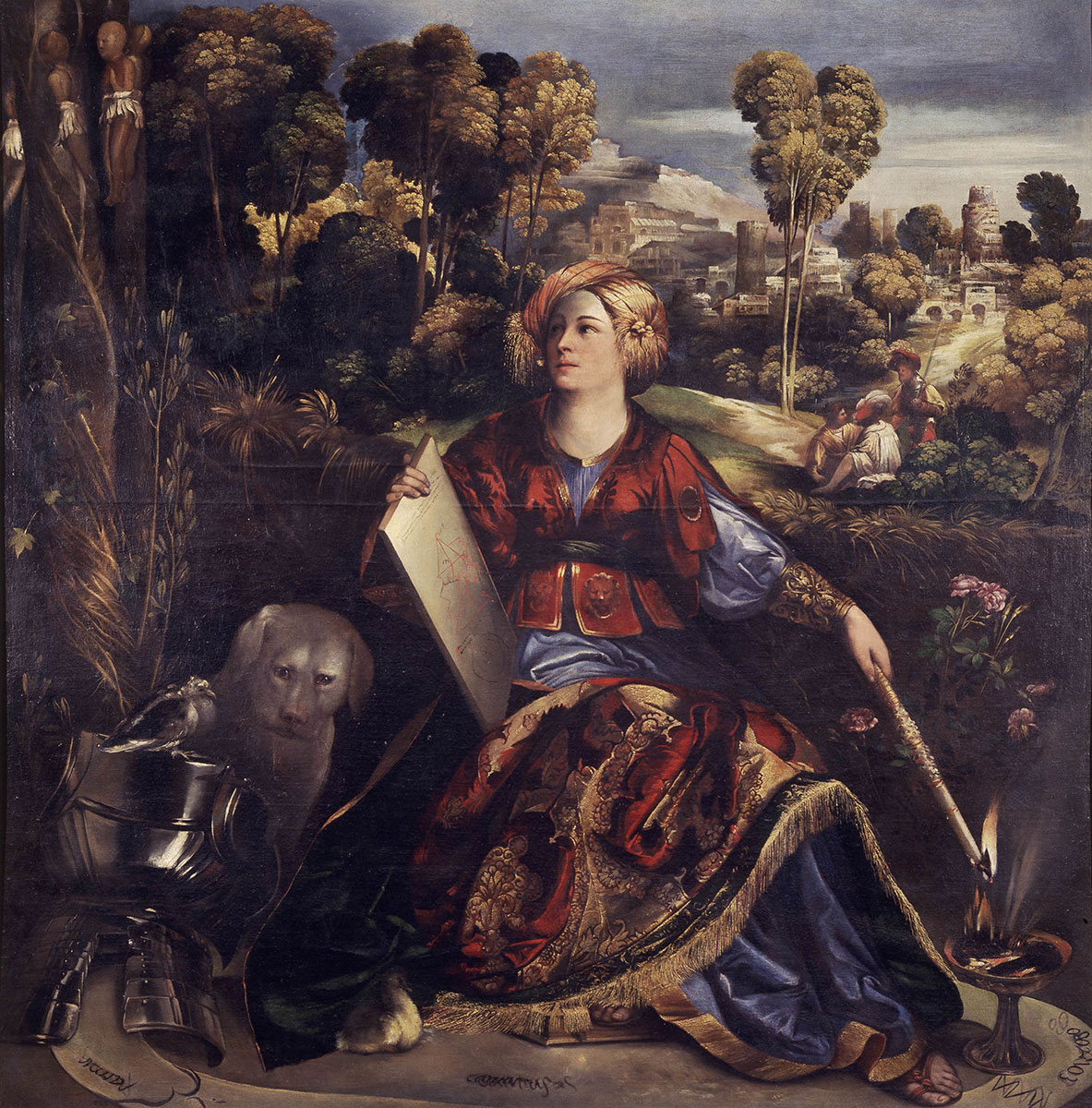
Dosso Dossi (1489-1542), Melissa. Photo © Galleria Borghese, Rome. https://galleriaborghese.beniculturali.it
When claiming that authors personify
animals, what do readers assume about differences between humans and other creatures? This course evaluates poetry, drama, and prose in terms of debates about each genre's human-centeredness. With a prominent theorist, we will wonder whether poetry offers more substantive thinking concerning the animal
than Western philosophy (Derrida). With a contemporary scholar, we will consider how plays featuring animals might modify drama's reputation as the most anthropocentric of the arts
(Chaudhuri). Finally, with a literary historian, we will analyze how realistic novels supplant forms friendlier to animal characters
(Boehrer). Featured texts include poems by Atwood, Angelou, and Rilke; Shakespeare's The Two Gentlemen of Verona; Shaffer's Equus; and Høeg's The Woman and the Ape.